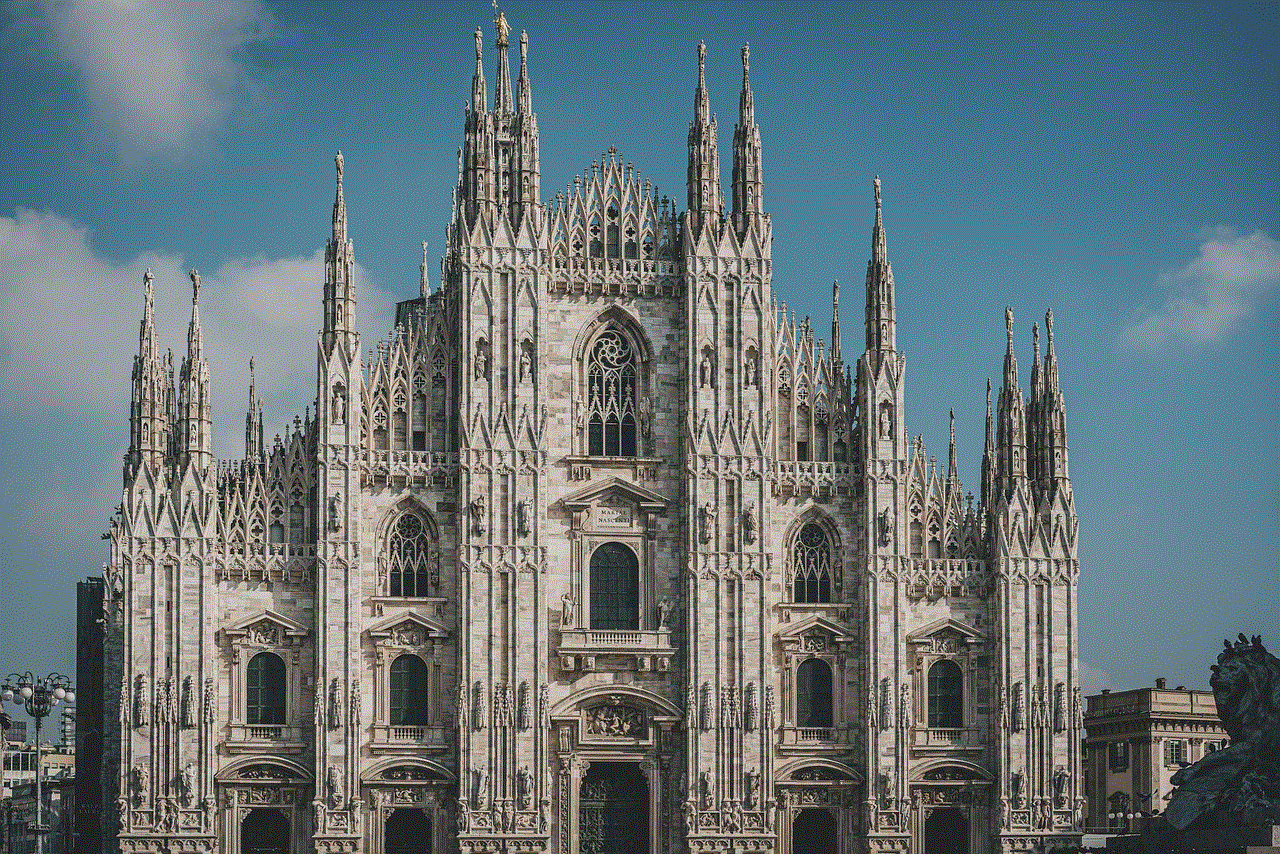all eevee evolutions pok��mon go
Pokémon Go has taken the world by storm since its release in 2016, and one of the most exciting aspects of the game is the ability to evolve your Pokémon. Among the 151 original Pokémon, Eevee has captured the hearts of many players due to its unique evolution possibilities. In this article, we will explore all the Eevee evolutions in Pokémon Go, including their strengths, weaknesses, and how to obtain them.
Before we dive into the evolutions, let’s take a closer look at Eevee itself. Eevee is a Normal-type Pokémon that resembles a small fox with fluffy fur and a bushy tail. It is known as the “evolution Pokémon” because it has the potential to evolve into eight different forms, each with its own type and abilities. In Pokémon Go, Eevee can be found in the wild or hatched from 5km eggs, making it relatively easy to obtain.
Now, let’s move on to the evolutions. Eevee’s evolutions are based on the three Eeveelutions introduced in the first generation of Pokémon – Vaporeon, Jolteon, and Flareon. However, as the game has progressed, five more evolutions have been added, making a total of eight. These include Espeon, Umbreon, Leafeon, Glaceon, and Sylveon. Each of these evolutions has its own strengths and weaknesses, making them valuable assets in battles.
1. Vaporeon
Vaporeon is the Water-type evolution of Eevee and is the most powerful of the original three Eeveelutions. It has a high HP and a strong defense, making it an excellent choice for gym battles. Its powerful Water-type moves, such as Hydro Pump and Aqua Tail, make it a formidable opponent against Fire and Ground-type Pokémon. Vaporeon can be obtained by using the nickname “Rainer” on Eevee before evolving it, or by using the Water-type evolution item, the Water Stone.
2. Jolteon
Jolteon is the Electric-type evolution of Eevee and is known for its incredible speed and agility. Its Electric-type moves, such as Thunderbolt and Discharge, are super effective against Water and Flying-type Pokémon. Jolteon can be obtained by using the nickname “Sparky” on Eevee before evolving it, or by using the Electric-type evolution item, the Thunder Stone.
3. Flareon
Flareon is the Fire-type evolution of Eevee and is the strongest of the original three Eeveelutions when it comes to attack power. Its Fire-type moves, such as Flamethrower and Fire Blast, make it a fierce opponent against Grass and Bug-type Pokémon. Flareon can be obtained by using the nickname “Pyro” on Eevee before evolving it, or by using the Fire-type evolution item, the Fire Stone.
4. Espeon
Espeon is one of the two Psychic-type evolutions of Eevee and is known for its high Special Attack and Speed stats. Its Psychic-type moves, such as Psychic and Psybeam, make it a formidable opponent against Fighting and Poison-type Pokémon. Espeon can be obtained by walking with Eevee as your buddy for 10km and evolving it during the daytime, or by using the nickname “Sakura” on Eevee before evolving it.
5. Umbreon
Umbreon is the other Psychic-type evolution of Eevee and is known for its high HP and Defense stats. Its Dark-type moves, such as Dark Pulse and Foul Play, make it a tough opponent against Ghost and Psychic-type Pokémon. Umbreon can be obtained by walking with Eevee as your buddy for 10km and evolving it during the nighttime, or by using the nickname “Tamao” on Eevee before evolving it.
6. Leafeon
Leafeon is the Grass-type evolution of Eevee and is known for its high Attack and Defense stats. Its Grass-type moves, such as Leaf Blade and Solar Beam, make it a formidable opponent against Water and Ground-type Pokémon. Leafeon can be obtained by walking with Eevee as your buddy for 10km and evolving it near a Mossy Lure, or by using the nickname “Linnea” on Eevee before evolving it.
7. Glaceon
Glaceon is the Ice-type evolution of Eevee and is known for its high Special Attack and Defense stats. Its Ice-type moves, such as Ice Beam and Blizzard , make it a tough opponent against Dragon and Flying-type Pokémon. Glaceon can be obtained by walking with Eevee as your buddy for 10km and evolving it near a Glacial Lure, or by using the nickname “Rea” on Eevee before evolving it.
8. Sylveon
Sylveon is the Fairy-type evolution of Eevee and is known for its high Special Attack and HP stats. Its Fairy-type moves, such as Moonblast and Dazzling Gleam, make it a formidable opponent against Dragon and Dark-type Pokémon. Sylveon has not been released yet in Pokémon Go, but it is expected to be added in the future.
Apart from their unique abilities and types, each Eevee evolution also has a different design, making them some of the most aesthetically appealing Pokémon in the game. In addition to their battle prowess, many players also enjoy collecting all the Eeveelutions to complete their Pokédex.
In conclusion, Eevee and its evolutions have captured the hearts of many Pokémon Go players with their versatility and charm. Whether you prefer a powerful Vaporeon or a cute Sylveon, Eevee’s evolutions are valuable assets in battles and a joy to collect. With the game continuously adding new features and evolutions, we can’t wait to see what the future holds for Eevee and its evolution possibilities. So, get out there and catch some Eevees to evolve into your very own team of unique and powerful Pokémon!
facts about anime
Anime, also known as Japanese animation, has taken the world by storm in recent years. With its unique style, compelling storylines, and diverse characters, it has captured the hearts of millions of fans around the globe. But what exactly is anime and why has it become such a popular form of entertainment? In this article, we will delve into the world of anime and explore some interesting facts about this beloved medium.
1. Origin of Anime
The word “anime” is derived from the Japanese term “anima,” which means “animation.” Anime originated in Japan in the early 20th century, with the first anime film being released in 1917. However, it wasn’t until the 1960s that anime gained mainstream popularity in Japan, with the success of shows like “Astro Boy” and “Speed Racer.” Since then, anime has continued to evolve and has become an integral part of Japanese culture.
2. Unique Art Style
One of the most distinctive features of anime is its unique art style. Unlike traditional Western animation, which tends to have a more realistic approach, anime is characterized by its exaggerated features and vibrant colors. This style is heavily influenced by Japanese manga (comics) and is instantly recognizable to anime fans. The large, expressive eyes of anime characters are a prime example of this style and have become a defining feature of the medium.
3. Various Genres
Anime covers a wide range of genres, making it appealing to a diverse audience. From action and adventure to romance and comedy, there is something for everyone in the world of anime. Some popular genres include shonen (targeted towards young boys), shojo (targeted towards young girls), and seinen (targeted towards adult males). This variety of genres has contributed to the widespread appeal of anime, attracting fans of all ages and backgrounds.
4. Strong Female Characters
Unlike many forms of media, anime has a strong representation of female characters. These characters are often depicted as independent, capable, and multi-dimensional, breaking away from traditional gender stereotypes. This has been a refreshing change for many viewers, especially female fans who have found relatable and empowering characters in anime.
5. Long-Running Series
One of the unique aspects of anime is its tendency to have long-running series. Unlike Western television shows, which typically have a set number of episodes per season, anime series can go on for several seasons or even years. This allows for more in-depth storytelling and character development, creating a loyal fan base that follows the series for its entire run.



6. Influence of Manga
Manga, or Japanese comics, has had a significant influence on the world of anime. Many popular anime shows are adaptations of popular manga series, with the anime serving as a way to bring the story to life. Some anime series even continue the story of their manga counterparts, making it a must-read for fans who want to know what happens next.
7. Studio Ghibli
No discussion about anime would be complete without mentioning Studio Ghibli. Founded in 1985 by Hayao Miyazaki and Isao Takahata, Studio Ghibli has produced some of the most iconic and beloved anime films of all time. From “Spirited Away” to “Princess Mononoke,” their films have captured the hearts of audiences around the world and have become synonymous with the genre.
8. Cosplay Culture
Cosplay, or costume play, is a popular subculture that originated in Japan and has become a staple of anime conventions and events worldwide. Cosplayers dress up as their favorite anime characters, often spending hours perfecting their costumes and makeup. This culture has brought fans together and has become a way for them to express their love for anime.
9. Global Popularity
Anime has become a global phenomenon, with fans from all corners of the world. Its popularity has spread beyond Japan, with countries like the United States, Canada, and France producing their own anime series. In recent years, streaming services like Netflix and Crunchyroll have made anime more accessible to a wider audience, contributing to its global success.
10. Impact on Pop Culture
Anime has had a significant impact on popular culture, with many elements from the medium being incorporated into mainstream media. The use of big, expressive eyes in cartoons and video games, for example, is heavily influenced by anime. Additionally, many fashion trends, such as Harajuku fashion, have been inspired by anime characters.
11. Anime and Technology
Anime has always been at the forefront of technology, with many studios utilizing advanced techniques and computer -generated imagery to enhance the visual quality of their shows. This has resulted in stunning and visually appealing anime series that continue to push the boundaries of animation.
12. Voice Acting
Anime is often dubbed in different languages for international audiences, but it is the original Japanese voice actors who bring the characters to life. These voice actors, also known as seiyuus, are highly respected and have a dedicated fan base. Some of them have even become celebrities in their own right, further highlighting the impact of anime on popular culture.
13. Crossover with Other Mediums



Anime has also made its mark in other forms of entertainment, such as video games and live-action adaptations. Many popular video games, such as “Final Fantasy” and “Persona,” have been heavily influenced by anime, while live-action adaptations of popular anime series, such as “Death Note” and “Attack on Titan,” have gained a significant following.
14. Anime and Education
Anime has also been used as a tool for education, with many series tackling important social issues and historical events. Shows like “Grave of the Fireflies” and “Barefoot Gen” explore the devastating effects of war, while “Sazae-san” gives a glimpse into the daily life of a Japanese family. These series have helped to educate viewers on important topics and have sparked discussions on societal issues.
15. Future of Anime
The future of anime is bright, with the medium continuing to gain popularity and expand into new territories. With advancements in technology, we can expect to see even more visually stunning and immersive shows in the years to come. The global reach of anime will also continue to grow, introducing new audiences to the world of anime and its diverse range of stories and characters.
In conclusion, anime has become an integral part of popular culture, captivating audiences with its unique art style, diverse genres, and compelling stories. Its widespread appeal and global reach have made it a cultural phenomenon, with no signs of slowing down. As we continue to discover new and exciting anime series, we can only look forward to the future of this beloved medium.
how to delete messages on messenger from both sides
In today’s digital age, communication has become easier and more convenient than ever. One of the most popular means of communication is through messaging applications, and one of the most widely used is Facebook Messenger. With over 1.3 billion active users, Messenger allows people to connect with friends, family, and even businesses through instant messaging. However, with all the benefits of messaging comes the downside of having to deal with unwanted or regrettable messages. Fortunately, Messenger offers a feature that allows users to delete messages from both sides, providing users with more control over their conversations. In this article, we will discuss how to delete messages on Messenger from both sides and why this feature is beneficial.
Before we dive into the step-by-step process of deleting messages on Messenger, let’s first understand why this feature is important. In this digital age, privacy and control over personal information are becoming increasingly important. With the rise of cyberbullying and online harassment, people are more cautious about what they share online. This includes messages on messaging apps like Messenger. Sometimes, we may regret sending a message or accidentally send it to the wrong person. In these cases, being able to delete the message from both sides can prevent any potential harm or embarrassment.
Moreover, deleting messages from both sides can also help maintain a clutter-free inbox. With the constant exchange of messages, our inboxes can quickly become flooded, making it difficult to find important conversations. By deleting unwanted or unnecessary messages, we can keep our inboxes organized and find important conversations more easily.
Now, let’s get into the steps for deleting messages on Messenger from both sides. The process is simple and can be done in a few easy steps. First, open the Messenger app on your phone. Next, go to the conversation where the message you want to delete is located. Tap and hold on the message you want to delete. A menu will appear with various options, including Delete. Tap on Delete and a pop-up will appear asking if you want to delete the message for everyone. Tap on Delete again, and the message will be deleted from both your and the recipient’s side.
It’s important to note that this feature only works for messages that have been sent within the last 10 minutes. After that, you can only delete the message from your end. Also, if the recipient has already seen the message, they will be notified that the message has been deleted. This feature is not available for group conversations, and only the person who sent the message can delete it.
In some cases, you may want to delete multiple messages at once. Thankfully, Messenger also offers a feature to do this. Again, go to the conversation where the messages you want to delete are located. Tap and hold on one of the messages, and a blue checkmark will appear. You can then select multiple messages by tapping on them. Once you have selected all the messages you want to delete, tap on the trash can icon at the bottom of the screen. A pop-up will appear, asking if you want to delete the selected messages. Tap on Delete, and the messages will be deleted from both your and the recipient’s side.
Now that we know how to delete messages on Messenger from both sides, let’s discuss some important things to keep in mind. First, once a message is deleted, it cannot be retrieved. So make sure you are certain about deleting the message before going through with it. Also, deleting a message does not mean it is gone forever. If the recipient has already taken a screenshot of the message, it will still be saved on their device. Therefore, it’s important to think twice before sending any sensitive or regrettable messages.
Another important thing to note is that deleting messages on Messenger does not delete them from Facebook. This means that if the recipient has linked their Messenger account to their Facebook account, they will still be able to see the deleted message on Facebook. This is something to keep in mind, especially if you are trying to delete a message that you don’t want anyone to see.



In addition to deleting messages, Messenger also offers the option to unsend a message. This is different from deleting a message as it removes the message from the conversation before the recipient has a chance to see it. To unsend a message, open the conversation, and tap and hold on the message you want to unsend. A menu will appear with the option to Unsend. Tap on Unsend, and the message will be removed from the conversation. However, this feature also has a time limit of 10 minutes, and once the recipient has seen the message, it cannot be unsent.
In conclusion, being able to delete messages on Messenger from both sides is a useful feature that provides users with more control over their conversations. It not only helps maintain privacy but also keeps our inboxes clutter-free. The steps for deleting messages are simple and can be done in a few easy steps. However, it’s important to keep in mind that once a message is deleted, it cannot be retrieved, and it may still be visible on Facebook if the recipient has linked their accounts. In this digital age, where communication is instantaneous, it’s crucial to be cautious of what we say and do online, and the delete feature on Messenger is just one way to do that.
